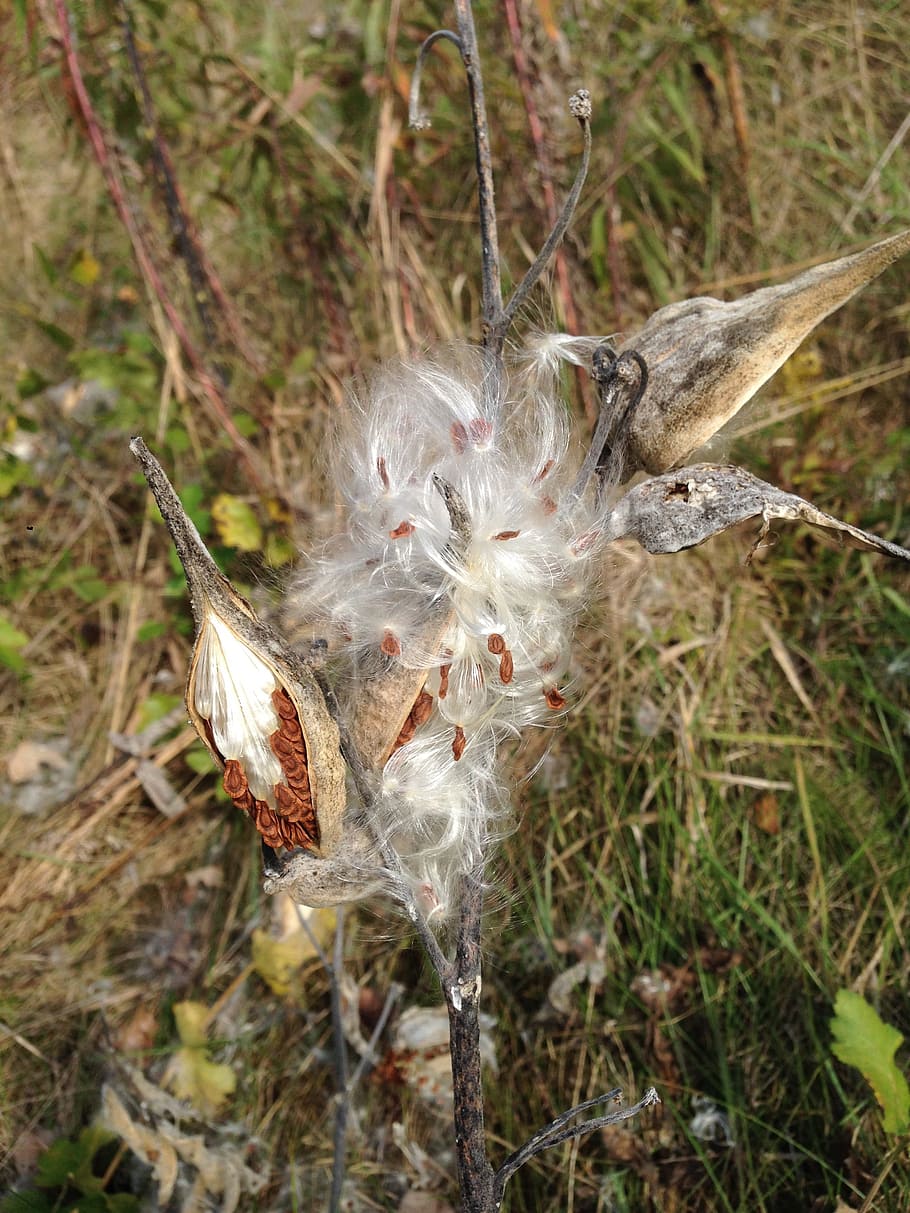
Swamp Milkweed or Asclepias incarnata

Monarch Butterfly on Swamp Milkweed
While the following information specifically names milkweed in Missouri, milkweed is a native plant in much of the south.
Asclepias incarnata or swamp milkweed attracts monarch butterflies, but it aslo attracts buckeyes, bumblebees, eastern tiger swallowtails, fritillaries, hairstreaks, honey bees, hummingbird moths, hummingbirds, skippers, spicebush swallowtails, and more.

Eastern Swallowtail Jacki Kellum Garden July 2021

Spicebush Swallowtail
I planted both Swamp Milkweed and Tropical Milkweed in my New Jersey garden, and I had a host of monarch butterfly visitors who laid eggs there. It was thrilling to watch the monarch caterpillars be transformed into glorious butterflies in New Jersey, but perhaps because I have not found tropical milkweed for my Ozarks garden, I have seen very few monarchs here. Yet, I do have swamp milkweed and common milkweed planted now, and while I have seen very few monarchs in my current garden, I have seen numerous Eastern and Spicebush Swallowtails here. I’m not sure whether the swallowtails have been attracted by my milkweed or by the woody stuff in my planting soil. At this point, I have only seen them hanging around the soil. I certainly have no spicebushes in my yard, and that is the preferred host plant for the spicebush butterflies.

Swamp Milkweed
- Perennial: USDA hardiness zones 3a-8b (lows -39.9 °C or -39.8 °F)
- Native to most of the Continental USA and Eastern Canada
- Full sun to partial shade
- Height: 4 to 6 feet
- Spacing: 2 to 3 ft
- Flowers: pink with highlights of vibrant purple
- Long summer bloom period
Culture
Easily grown in medium to wet soils in full sun. Surprisingly tolerant of average well-drained soils in cultivation even though the species is native to swamps and wet meadows. Plants have deep taproots and are best left undisturbed once established. Foliage is slow to emerge in spring.
Noteworthy Characteristics
“Asclepias incarnata, commonly called swamp milkweed, is an erect, clump-forming, Missouri native plant which is commonly found in swamps, river bottomlands and wet meadows throughout the State. It typically grows 3-4′ tall (less frequently to 5′) on branching stems. Small, fragrant, pink to mauve flowers (1/4″ wide), each with five reflexed petals and an elevated central crown, appear in tight clusters (umbels) at the stem ends in summer. Flowers are uncommonly white. Narrow, lance-shaped, taper-pointed leaves are 3-6″ long. Stems exude a toxic milky sap when cut.

Swamp Milkweed Seed Pod Ripened
“Flowers are followed by attractive seed pods (to 4″ long) which split open when ripe releasing silky-haired seeds easily carried by the wind. Flowers are very attractive to butterflies as a nectar source. In addition, swamp milkweed is an important food source (albeit somewhat less important than upland species of Asclepias) for the larval stage of Monarch butterflies.” Missouri Botanical Garden
Genus name honors the Greek god Asklepios, god of medicine.

Common Milkweed Asclepias syriaca
“Common milkweed is a rough, weedy Missouri native perennial which commonly occurs in fields, open woods, waste areas, roadsides and along railroad tracks throughout the State (Steyermark). It typically grows 3-4′ (less frequently to 6′) tall on stout, upright stems with thick, broad-oblong, reddish-veined, light green leaves (to 8″ long). Domed, slightly drooping clusters (umbels) of fragrant, pinkish -purple flowers appear mostly in the upper leaf axils over a long bloom period from late spring well into summer. Stems and leaves exude a milky sap when cut or bruised. Flowers give way to prominent, warty seed pods (2-4″ long) which split open when ripe releasing their numerous silky-tailed seeds for dispersal by the wind. Seed pods are valued in dried flower arrangements. Flowers are a nectar source for many butterflies and leaves are a food source for monarch butterfly larvae (caterpillars).” Missouri Bontanical Garden
Milkweed Bush Asclepias tuberosa

Butterflyweed, Butterfly Weed, Butterfly Milkweed, Orange Milkweed, Pleurisy Root, Chigger Flower
Native Plant
“This bushy, 1 1/2-2 ft. perennial is prized for its large, flat-topped clusters of bright-orange flowers. The leaves are mostly alternate, 1 1/2-2 1/4 inches long, pointed, and smooth on the edge. The yellow-orange to bright orange flower clusters, 2-5 inches across, are at the top of the flowering stem. The abundance of stiff, lance-shaped foliage provides a dark-green backdrop for the showy flower heads.
This showy plant is frequently grown from seed in home gardens. Its brilliant flowers attract butterflies. Because its tough root was chewed by the Indians as a cure for pleurisy and other pulmonary ailments, Butterfly Weed was given its other common name, Pleurisy Root. Although it is sometimes called Orange Milkweed, this species has no milky sap.” wildflower.org

